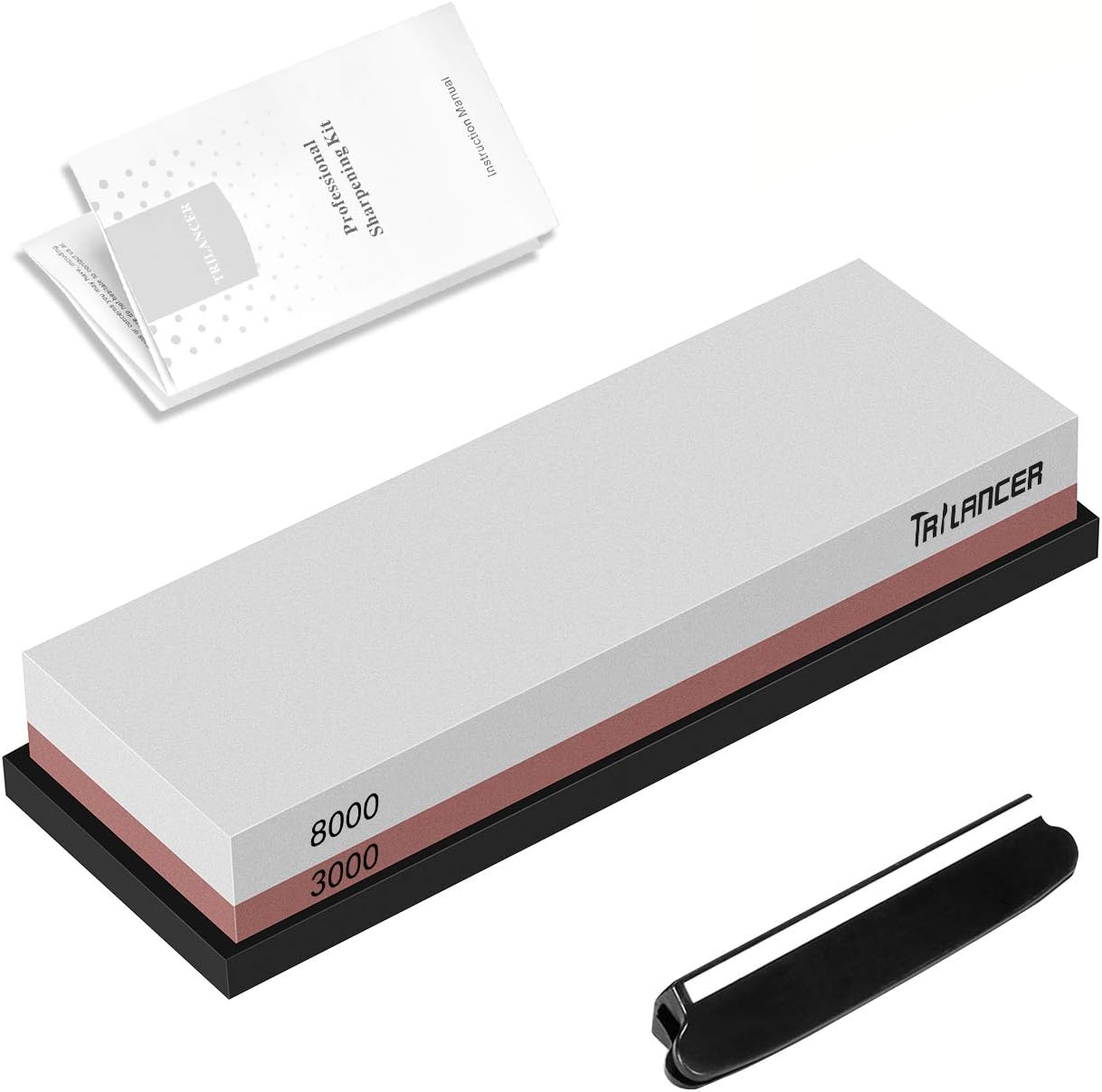Teaching young hunters about knife sharpening safety isn’t just about avoiding cuts; it’s about instilling a lifelong respect for sharp tools and a deep understanding of responsible hunting practices. A sharp knife is a safer knife, paradoxically, because it requires less force to use, reducing the risk of slips and accidents. But that sharpness needs to be managed carefully. This article focuses on how to teach young hunters the proper techniques and safety protocols for sharpening knives, ensuring they develop safe and efficient habits from the start.
Why Knife Sharpening Safety Matters for Young Hunters

Hunters, especially young ones, often handle knives in challenging environments. A dull knife is more dangerous than a sharp one. A dull blade requires more force to cut, leading to increased chances of the knife slipping and causing injury. Young hunters, still developing fine motor skills and hand-eye coordination, are particularly vulnerable to such accidents. Teaching proper sharpening techniques minimizes this risk, encouraging safe and effective use of their hunting tools.
Essential Safety Gear for Young Sharpeners
Before even touching a sharpening stone, emphasize the importance of safety gear. This isn’t just about adult supervision; it’s about building a safety-first mindset in young hunters. The essentials include:
- Cut-resistant gloves: These gloves provide a crucial barrier between young hands and sharp blades and stones. Choose gloves specifically designed for knife handling, ensuring dexterity isn’t compromised.
- Safety glasses: Metal shavings and tiny stone fragments can fly off during sharpening. Safety glasses protect eyes from potential injury.
- A stable work surface: Sharpening should never be done on the knee or a wobbly surface. A sturdy table or workbench is essential to maintain control and prevent accidents.
Choosing the Right Sharpening Tools
There’s a variety of sharpening tools available, each with its own learning curve. For young hunters, we recommend starting with user-friendly options:
- Sharpening stones: These provide excellent control but require practice. Start with a coarser grit stone (e.g., 200 grit) to remove significant damage and then move to a finer grit (e.g., 1000 grit) for a polished edge. A honing steel, used for maintaining edge sharpness, is a helpful addition.
- Pull-through sharpeners: These are simpler to use and less likely to cause accidental damage. They’re ideal for beginners but may not produce the same level of sharpness as stones.
- Electric sharpeners: While convenient, these can quickly damage a knife if misused. Supervise young hunters carefully if using an electric sharpener and only allow it for simpler knives.
Mastering the Sharpening Technique: A Step-by-Step Guide
Regardless of the chosen tool, proper technique is crucial. Teach young hunters these key steps:
- Assess the blade: Before sharpening, examine the blade for damage. Determine the extent of sharpening needed.
- Maintain consistent angle: The angle at which the blade meets the stone is critical. A consistent angle ensures an even edge. Start with a shallow angle and gradually adjust as needed. Most knives are sharpened at 20-25 degrees, but check the manufacturer’s recommendations.
- Use even pressure: Avoid applying excessive pressure, which can damage the blade or lead to uneven sharpening. Use a light, even stroke.
- Sharpen both sides equally: Always sharpen both sides of the blade with an equal number of strokes to ensure symmetry and prevent the blade from becoming crooked.
- Regular maintenance: Periodic honing with a honing steel helps maintain edge sharpness between sharpening sessions.
Understanding the Importance of Torque (Metaphorical Application)
While we don’t literally talk about torque with knife sharpening, the concept of controlled force and consistent pressure is analogous. Just as a car engine needs the right torque to perform optimally, sharpening needs the right amount of pressure to achieve a sharp, even edge. Too much “torque” (pressure) can damage the blade, just like over-revving an engine. Too little and the process is ineffective.
Practical Advice and Ongoing Learning

Knife sharpening is a skill honed over time. Practice is key. Start with inexpensive knives and work your way up to more valuable hunting blades. Encourage young hunters to practice regularly. Always emphasize the importance of patience and precision. Watch videos together, and consider taking a beginner’s knife sharpening class. Never rush the process; focus on creating safe habits and building skill over speed.
Beyond the Basics: Advanced Techniques and Considerations

As young hunters improve their skills, they can explore more advanced techniques, such as using different types of sharpening stones or learning how to sharpen serrated blades. However, this should only be attempted after a solid foundation in basic sharpening techniques has been established. Always supervise closely during these advanced sessions.
Conclusion: Fostering Safe and Skilled Hunters

Teaching young hunters about knife sharpening safety is an investment in their safety and their hunting skills. By emphasizing safety gear, proper techniques, and ongoing practice, you’re equipping them not just with a skill but with a respect for tools and a commitment to safe hunting practices that will serve them well throughout their lives. Remember, a sharp knife in the hands of a skilled and cautious hunter is a valuable asset; a dull knife, or a sharp knife wielded carelessly, is a dangerous liability.



